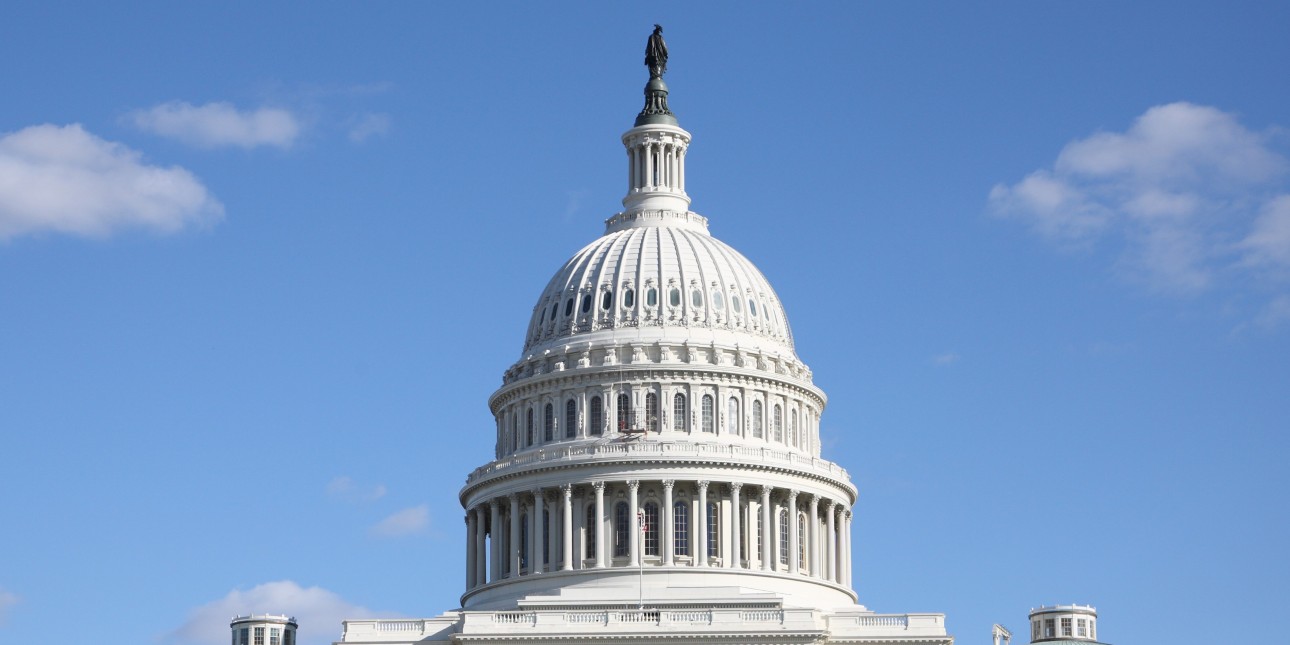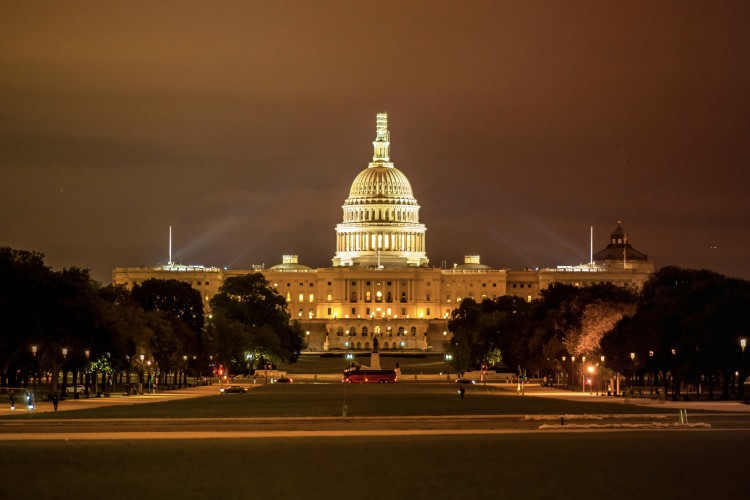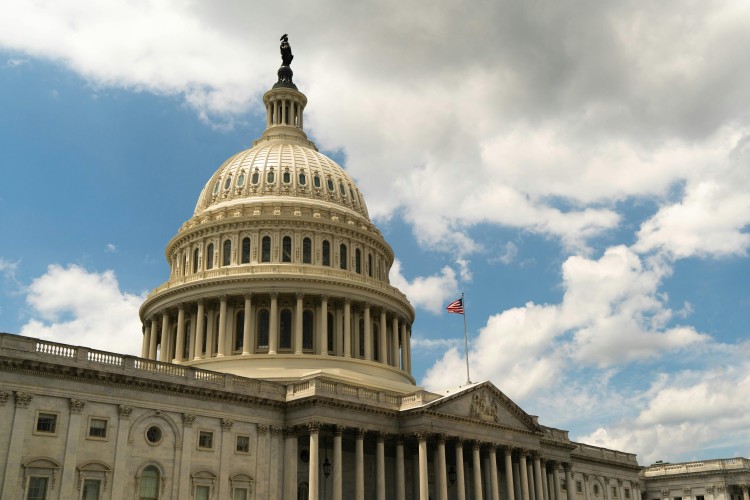House Republicans Release Budget Proposal and Spending Cuts

On Wednesday, House Republicans succeeded in passing their plan to raise the national debt limit and significantly reduce federal spending. Officially titled the Limit, Save, Grow Act (LSGA), their legislation would cap federal spending at Fiscal Year 2022 levels while limiting the growth of spending to a 1% increase per year for the next 10 years. The bill would also repeal green tax credits, funding for the IRS, prohibit student loan forgiveness, broaden domestic drilling for gas and oil, impose more extensive work requirements on anti-poverty programs, and repeal any unspent COVID relief funds. In exchange for these provisions, the bill would raise the nation’s debt ceiling by $1.5 trillion or until March 31, 2024, whichever comes first.
The LSGA is dead-on-arrival in the United States Senate as the chamber is controlled by the Democrats, but it represents the opening salvo in the debt limit negotiations and a wish list of demands from House Republicans. The bill’s success in the House on Wednesday means that Speaker Kevin McCarthy is in a slightly stronger negotiating position with the White House and Senate. The U.S. government runs out of money and will stop paying some of its bills (e.g., social security checks, Medicare/Medicaid, or interest payments) sometime between late-June and early-July. This is known as the “X-date.” President Biden, Senate Majority Leader Schumer, and House Speaker McCarthy will need to reach a solution on the debt limit by that date or risk creating a recession, or possibly worse. The X-date is only an estimate based on tax receipts and expenditures; we likely won’t know the specific date until it is only one to two weeks away, adding a level of complexity and uncertainty to the negotiations.
Following the debt limit fight is important to youth service providers because it could impact federal funding for the programs we care about over the next 10 years or more. We had a similar showdown over the debt limit in 2011 and it resulted in caps on domestic programs until 2021. A plan that reduces spending to 2022 levels and caps the growth of spending at 1% for 10 years is effectively a cut to domestic programs, as funding would not keep pace with even mild inflation. House Republicans have further insisted that their plan would hold the Department of Defense and veterans’ program harmless, meaning a much larger share of the proposed reductions would be placed on non-defense programs.
Stay tuned to this blog, as Youth Collaboratory will provide updates to its membership as the debt ceiling and annual appropriations cycle play out over the coming weeks and months.


